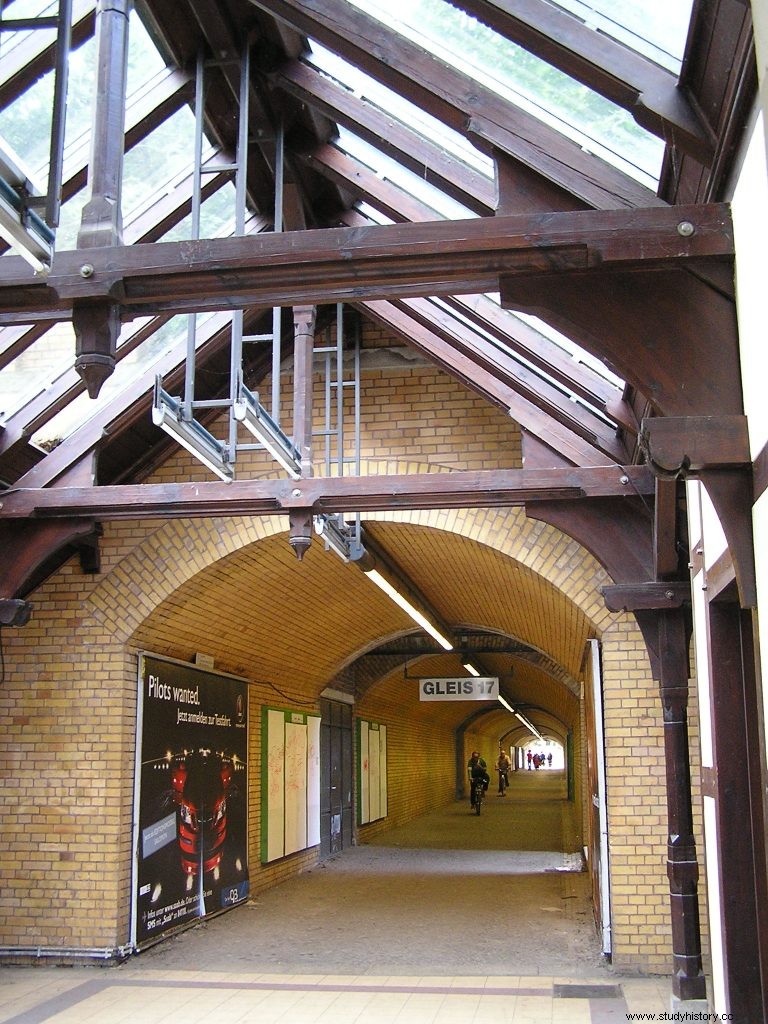After the night of broken glass, on November 9, 1938, German Jews began to be marked and concentrated in specific places in German cities. The Jews who had sufficient resources had already gone into exile since the coming to power of National Socialism in January 1933. Those who could not pay their way out of the country would end up being deported to the east of the European continent.

In 1941, the deportation of German Jews began to what the Nazis called "resettlement places," a euphemism for sending them to concentration camps and ghettos in occupied Poland, Czechoslovakia, or the Soviet Union.
Although the goal was to end his life, the Gestapo made the Jews believe that it was a resettlement in the east, so people had to pay for their train ticket. The price was 4 cents per kilometer per person, so the price varied depending on the destination. Children under 10 years paid half. Children under 4 traveled for free. As baggage, each person was entitled to carry 50 kg of luggage and up to 50 German marks.
The transports were constant from October 1941 to March 1945, when the last transport of Jews from Berlin took place.

How to get to Grunewald Station
Grunewald station is located southeast of the city of Berlin. To get there, you can take the S-bahn line S7.
What can you see
Although the station is still in operation, a memorial has been created on platform 17, which is freely accessible. There you can see some steel plates on the train tracks, indicating the destinations and the number of people deported from that same place.

